 I know I've done another blog post that explains what Universal Design for Learning is, and how it can be implemented, but during the past few weeks of class, it has become apparent to me that UDL is so so so helpful in supporting students (duh! but also it is just SO RELEVANT!). I feel that we have been forced to cover a lot in a quick amount of time due to classes being cancelled, and life happening. So, I would like to backtrack to the past few disabilities we have covered, and describe some strategies that can be built into a learning environment, a class routine, or a lesson so that every student becomes equal, and has access to the same materials, curriculum, and supports. This will help me process the information we covered in class.
I know I've done another blog post that explains what Universal Design for Learning is, and how it can be implemented, but during the past few weeks of class, it has become apparent to me that UDL is so so so helpful in supporting students (duh! but also it is just SO RELEVANT!). I feel that we have been forced to cover a lot in a quick amount of time due to classes being cancelled, and life happening. So, I would like to backtrack to the past few disabilities we have covered, and describe some strategies that can be built into a learning environment, a class routine, or a lesson so that every student becomes equal, and has access to the same materials, curriculum, and supports. This will help me process the information we covered in class.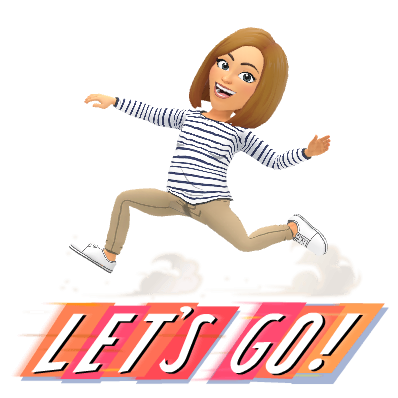
Book definition: "... a variety of related disorders that affect a child's social development and ability to communicate and that include unusual behavioral manifestations..." (p. 143)
Tier I/UDL supports:
- Working in collaboration with a special education specialist to remove any possible behavior or social barriers
- Consistent and explicit classroom routines that all students follow each day. Practice routines and procedures with the entire class.
-Provide plenty of notice to all students when there will be a change in routine. Rearranging visual schedule, saying the change aloud, writing a note on board about it, etc.
- Flexible seating and sensory stimulation for all students.
- Designating a "cool down" area available to all students to use when they need to calm down
- Providing low-tech AT to all students
- Presenting assignments in small, manageable chunks
- Group or partner work
- Hands-on activities
- Integrating life skills and social-emotional learning into lessons
- Naturalistic assignments/ basing assignments off of student-selected interests
- Giving simple and concrete instructions
- Repeat and explicit instruction during whole group instruction
Communication, Language, and Speech Disorders.
- Communication Disorders: "...disrupt the individual's ability to send, receive, and process information." (p. 293)
- Language Disorders: "...involves both reception (taking in information) and expression (giving information out in verbal information and producing written language)." (p. 293)
- Speech Disorders: "... are a specific form of language disorders that affect a child's ability to produce oral language." (p. 294)
Tier I/UDL supports:
- Language rich classroom environment
- Creating an accepting and supportive classroom community
- Model active listening for all students
- Design classroom to promote small group conversation and collaboration
- Structure class routines to facilitate communication
- Collaborate often with SLP
- Cooperative learning to encourage discussion
- Incorporate student interests into assignments, activities, and read alouds
- Incorporate tactile, auditory, kinesthetic, and visual representations
- Teacher paraphrases what students say in whole group discussion
- Offer means of expression in the form of oral communication (ex. producing a skit, podcast, news broadcast, movie trailer, etc)
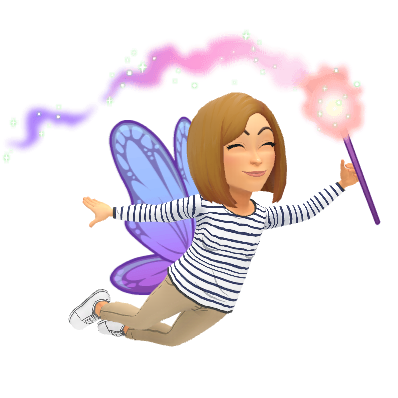
Deafness and Hard of Hearing.
Book definition:
- Deafness: "...a complete or profound hearing loss." (p. 355)
- Hard of hearing: "... all other categories of hearing loss." (p. 355)
Tier I/UDL supports
- Provide high interest reading materials for all students
- Use visual cues that are meaningful for the whole class
- Explicit vocal instruction
- Using "stop and think" time in order to slow down whole group discussion, and to provide time for students to process information (p. 372)
- Collaboration with learning support staff and SLP
- Incorporating language into routines (ex. math talks, book clubs, etc.) to increase confidence in speaking in front of whole group
- Assistive technology for whole class, such as amplification systems
- Provide low-tech AT to whole class
- Face students during teacher-talk to make lip reading available
- Provide note sheets so students can focus on listening
- Use captions on all videos used in class
- Use visual aids for all students to augment information
- Eliminate background noises as much as possible
- Building accepting and supportive classroom community
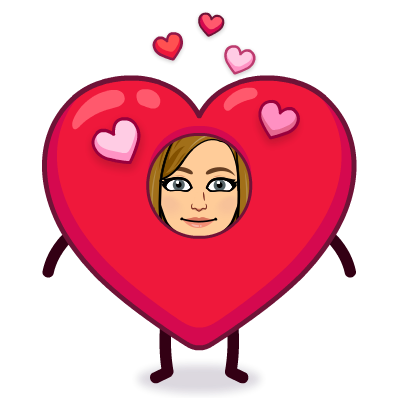
Book Definition:
Blindness: "...cannot use vision for learning, but may still be responsive to light and darkness and may have some visual imagery. (p. 388)
Low vision: "... difficulty accomplishing visual tasks, but they can learn through the visual sense using special technologies and teaching techniques." (p. 388)
Tier I/UDL supports:
- Offering low-tech AT to all students
- Large print reading materials
- Offering written text in braille as well as written text
- Teaching through doing, touching, and moving
- Auditory cues that are meaningful to the whole class
- Literacy rich environment
- Building accepting and supportive classroom community
- Maintain consistent classroom setup
- Large print signage/braille around classroom
- Explicit instruction
- Build social interaction into class routines and assignments (morning meeting, group/partnership collaboration)
- Say names of all children before speaking to them
Assistive Technology and UDL
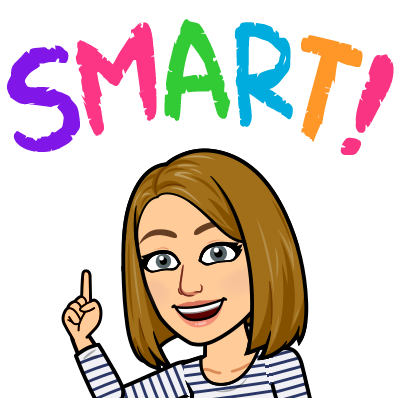 We also learned about assistive technology (AT) in class, and discussed the amazing benefits they bring to students with disabilities. AT "levels the playing field" so to speak, by increasing the level functional abilities of students with disabilities. When looking at AT through the lens of UDL, there is a slight conflict in terms of being able to offer all of the supports to every student. High-tech AT is expensive and takes time to master, therefore it is highly unusual that high-tech AT is available for all students in a general education classroom. This goes against the ideology of UDL. A teacher in a situation where one student uses high-tech AT when others do not must then rely on building a classroom community that acknowledges differences and raises awareness of the needs of other members of the class. When a class built upon mutual respect and support, students will be more likely to be understanding of student-specific AT. This creates time and space to facilitate valuable dialogue about differences and respect. The good news is that low-tech AT is usually easy to make available to the whole class, and should be offered to all students, not just the student who will explicitly benefit from it.
We also learned about assistive technology (AT) in class, and discussed the amazing benefits they bring to students with disabilities. AT "levels the playing field" so to speak, by increasing the level functional abilities of students with disabilities. When looking at AT through the lens of UDL, there is a slight conflict in terms of being able to offer all of the supports to every student. High-tech AT is expensive and takes time to master, therefore it is highly unusual that high-tech AT is available for all students in a general education classroom. This goes against the ideology of UDL. A teacher in a situation where one student uses high-tech AT when others do not must then rely on building a classroom community that acknowledges differences and raises awareness of the needs of other members of the class. When a class built upon mutual respect and support, students will be more likely to be understanding of student-specific AT. This creates time and space to facilitate valuable dialogue about differences and respect. The good news is that low-tech AT is usually easy to make available to the whole class, and should be offered to all students, not just the student who will explicitly benefit from it.UDL Lesson Reflection
Planning my own UDL lesson has been a productive struggle (in a good way!). I feel like I am constantly visualizing how different aspects of the lesson will go in my class, considering how individuals will respond. Because of this, I continue to add, remove, modify, and further develop my lesson to the point where I have realized that I could keep making changes to it forever. There can always be more supports to consider, more option to be given, and more individual strengths and needs to play off of. I also feel slightly uncomfortable with how much and how little student choice to give. Is having one end product still UDL if I provide choice in the process of arriving to the final product? I guess it is up to me as the teacher. These are the kinds of ideas I am wrestling with. I know a lot of this stems from perfectionism, and my intense desire to support every single student perfectly. With all of this to say, I think I just have to get used to sitting in the uncomfortableness in order to grow as an educator.
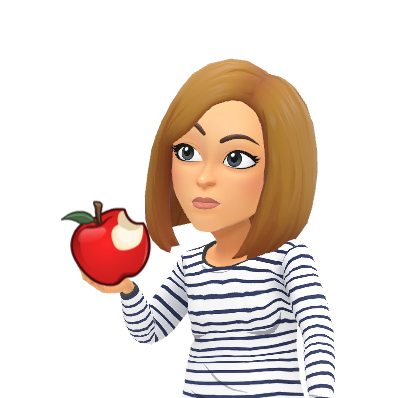
Educating Exceptional Children
http://teaching.monster.com/benefits/articles/8761-22-tips-for-teaching-students-with-autism-spectrum-disorders
https://www.education.udel.edu/wp-content/uploads/2013/01/LanguageDisorders.pdf
https://www.adcet.edu.au/inclusive-teaching/specific-disabilities/deaf-hearing-impaired/
https://www.teachingvisuallyimpaired.com/adaptations.html
https://www.rnib.org.uk/insight-online/easy-adjustments-student-vision-impairment

Comments
Post a Comment